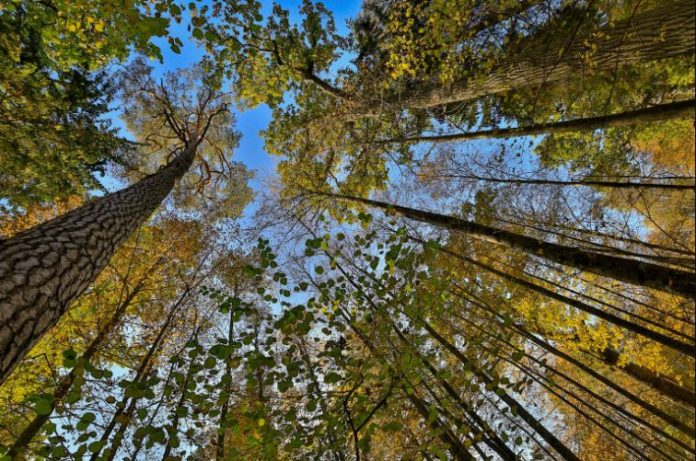Cameroon through the Forest and Rural Development Association (FODER) has launched an experimental project to restore land using the biochar technique. This action is part of Cameroon’s commitment to the AFR 100 initiative, which aims to restore 12 million hectares of land in Africa by 2030.
Biochar is a porous, low-density material which, when incorporated into the soil, increases the porosity and aeration of the soil, making it suitable for plant root development. Minta communal forest, located in the Centre region, is the experimental site.
Reforestation
The Minta communal forest, established on a transition zone between forest and savannah, is in a state of degradation due to many years of logging and mechanised maize farming. This property can be exploited for rapid growth of plants in nurseries. Moabi, Fraké, Djansang, Pachi, Bibolo, Bubinga, wild mango and allanblankia are the species identified for reforestation in the Minta communal forest.
“These species used for reforestation are those that already grow in the locality, in the natural environment. We chose them because they offer a double advantage, namely the collection of genetic material (seeds or wildings) for the nursery, and adaptation to the climatic conditions of the locality,” said Clovis Nzuta, project assistant at FODER and head of the reforestation process in the Minta communal forest.
The reforestation and restoration project of the degraded savannah of Minta is supported by the Cameroonian Ministry of Environment, Nature Protection and Sustainable Development (MINEPDED), and financed by the Japan Forests Technology Association (JAFTA). According to the departmental delegate of Minepded, Armand Djomo Ambassa, if the Minta experiment is successful, it will be replicated in all communal forests of the national domain in Cameroon.









